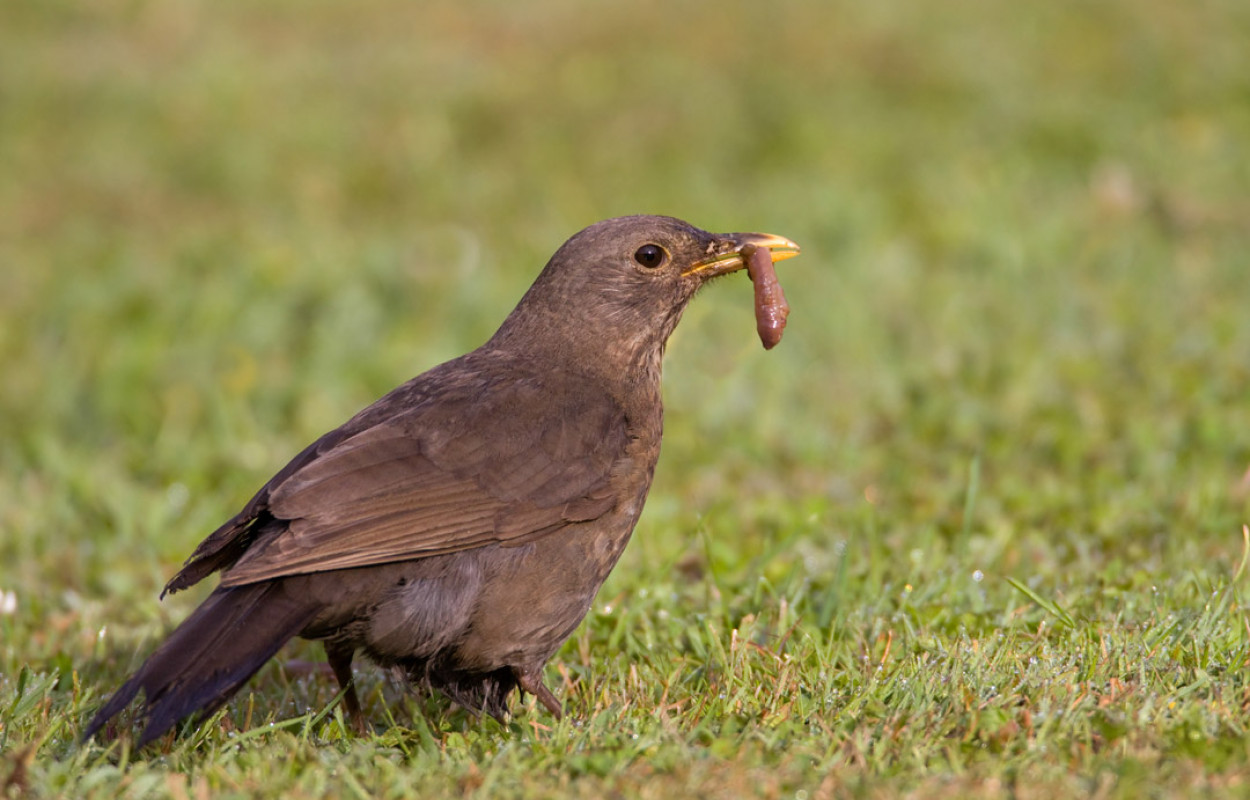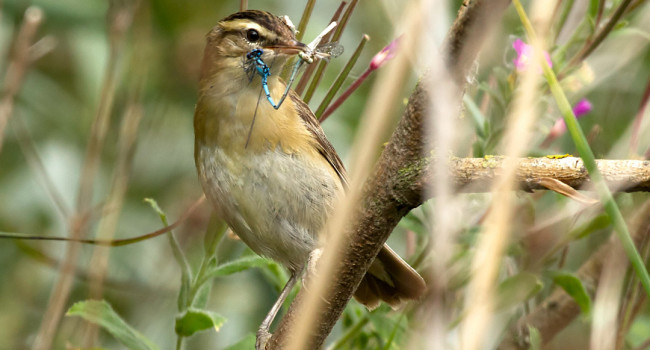Collation of a century of soil invertebrate abundance data suggests long-term declines in earthworms but not tipulids

Author(s): Barnes, A.E., Robinson, R.A. & Pearce-Higgins, J.W.
Published: February 2023
Journal: PLOS ONE
Digital Identifier No. (DOI): 10.1371/journal.pone.0282069
Large-scale declines in insect populations have attracted much interest, prompting use of the term ‘insectaggedon’. However, a lack of robust monitoring data means that much uncertainty remains, both in our understanding of the scale of declines and how these may differ between insect groups. We know even less about the changing fortunes of other invertebrates, such as earthworms, despite their vital role in ecosystem functioning.
This paper uses historical UK datasets, derived from previously published research, in an attempt to assess if there have been long-term changes in earthworm abundance. A literature review identified over 100 studies, covering the best part of a century, from which it was possible to extract abundance data. The researchers accounted for differences in the methods used across the studies, and examined both changes over time and differences between habitats.
The results were consistent with there having been long-term declines in earthworm abundance, ranging from 1.6% to 2.1% per year in magnitude. These figures equate to a 33% to 41% decline over a 25-year period – 25 years being a standard measure for assessing conservation status based on measures of abundance change.
Habitat-specific analyses suggest that the declines in earthworm abundance have been greatest in broad-leaved woodland than in other habitats. Within farmland, the declines were greater in pasture rather than in arable landscapes as anticipated.
The reasons for the observed declines are not investigated in the paper, but could be linked to climate change and shifts in agricultural practices. Earthworms are sensitive to soil moisture levels, so a warming climate and the land drainage could see soils dry out, making them less suitable for earthworms. Other possible drivers could include pollution and agricultural run-off, together with the mechanical impacts of ploughing and other forms of cultivation.
These results do not come from a structured, designed monitoring scheme like the BTO/JNCC/RSPB Breeding Bird Survey, but a collation of data from previous studies. Given what they suggest could be occurring beneath our feet, which would be a significant conservation and economic issue in the UK, this study emphasises the urgent need for robust long-term monitoring of key invertebrate groups.









Share this page